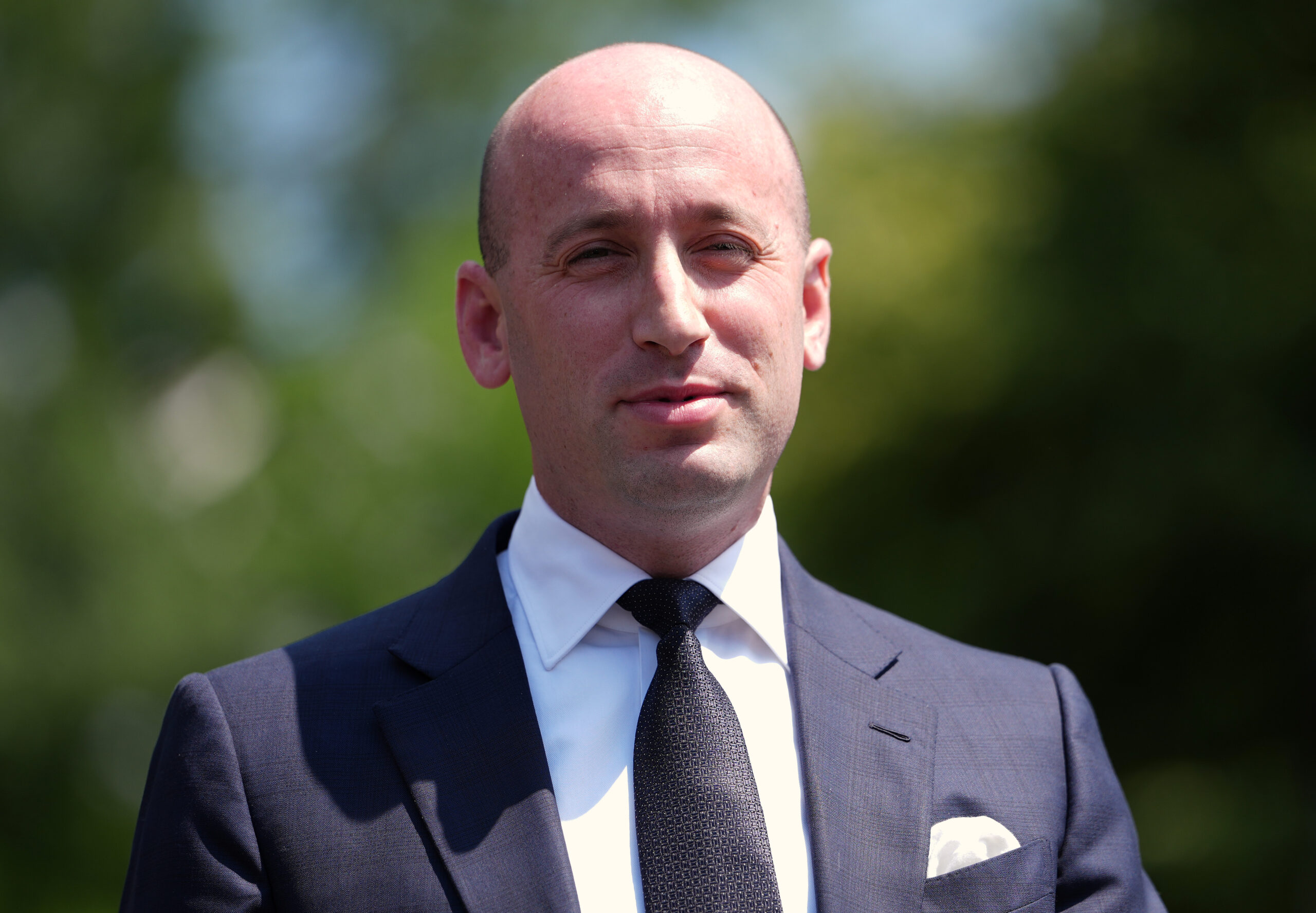Report
Optimizing the Voter Experience
Voter participation in the United States is plummeting. In California, there is a widening gap between the number eligible voters and the number of voters who successfully cast a ballot. During the 2014 midterm elections, California set a record low for voter turnout in a regularly scheduled general election; only 42.2 percent of registered voters. In an effort to address waning civic participation, some states have adopted modern technology and procedures that make the voting process more streamlined and accessible to a wider audience of voters.
In January 2014, the Presidential Commission on Election Administration (PCEA) released a report with a series of recommendations and best practices to improve the voting experience for voters and election administrators alike. The commission made recommendations for states and individual jurisdictions to modernize voter registration, expand access to the polls, optimize poll place management, and update voting technology. This report looks at one model, as implemented in Colorado, that incorporated many of the PCEA’s recommendations and has become a national standard for more streamlined and accessible voter registration and voting.
How does Colorado administer elections?
Colorado’s method of voting is the direct result of sweeping legislation enacted in 2013 with bipartisan support. HB 1303, the “Voter Access and Modernized Elections Act”v established a voting system based on three elements: same-day registration required that every registered voter is mailed a ballot and mandated that counties provide drop boxes and vote centers on days leading up to and on Election Day. Under current Colorado election law, vote centers (called Voter Service and Polling Centers) serve as full service voting locations where any voter from the county can register to vote, update their registration, or vote a regular, provisional, or replacement ballot privately and independently.
Methodology
This report is based on a literature review of dozens of publications analyzing alternative voting methods and a series of in-depth interviews with six county clerks, the Secretary of State’s Director of Elections, and four election advocates, all from Colorado. (A full list of interviewees can be found in Appendix A.) In an effort to focus the research, we examined three primary reforms: vote by mail, vote centers, and early voting.
Hillary Hall, Boulder County’s County Clerk
“because of where we were headed before we implemented the model, our resources now are aligned with how people actually were voting. In our 2012 presidential election, 85% of the people who voted in that election, voted with a mail ballot. Either mailing it or dropping it off, or getting a replacement ballot and voting that ballot. 15% voted in person.”
